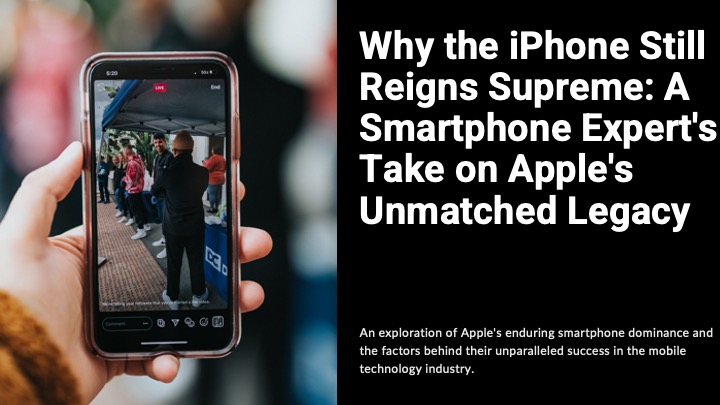It’s fascinating to pause and reflect on how far smartphones have come and the impact they’ve had on our lives. Just a decade ago, phones were primarily for calls and texts. Today, they’ve become an extension of ourselves—a portal to the world, a constant companion, and, for better or worse, a defining part of modern connection.
In 2016, we’re seeing smartphones evolve beyond mere devices into hubs for our personal and professional lives. Apps have turned them into everything from fitness trackers to personal assistants. But it’s not just about the tech—it’s about what that technology means for us as people.
On one hand, smartphones have allowed us to stay more connected than ever. Friends and family are just a tap away, no matter where they are in the world. Social media has created a digital space to share our lives in real time. Yet, this connectivity can also be isolating. Have you ever found yourself in a room full of people, but everyone is staring at their screens? It’s a curious contradiction.
Then there’s the constant availability—an expectation that we’ll reply instantly to emails, messages, or work notifications. While it’s convenient, it also blurs the lines between work and life, making it harder to truly unplug.
Still, there’s no denying the power of smartphones to shape our lives for the better. Whether it’s capturing memories with a camera always in your pocket or navigating an unfamiliar city with GPS, the conveniences are extraordinary.
Looking ahead, I wonder: are we using smartphones, or are they starting to use us? The responsibility lies with us to set boundaries and ensure these tools enhance our lives, rather than control them. It’s a balancing act, but one worth mastering.
For now, as we navigate this digital era, let’s aim for intentionality. After all, the goal is to stay connected, not consumed.


